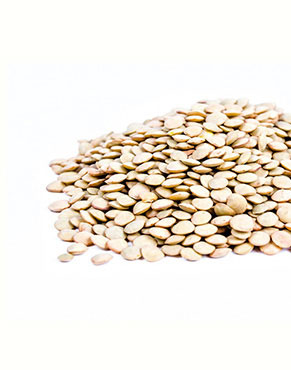How This Helps
• Lentils (Lens ensculenta) are edible pulses that are known for their ‘lens’ shaped seeds.
• Along with beans and peas, lentils are a part of the legume family as they grow within pods.
• Lentils are high in proteins, minerals and dietary fibers and are low in fat, making them the best substitute for meat.
Instructions
Nutrients:
High Cholesterol | Digestion | Gastrointestinal diseases | Irritable Bowel Syndrome | Cardiovascular Diseases | Diabetes | Heart Diseases | Nutrition |
Use It In
Pairs With
Caution
An individual suffering from kidney problems or gout should avoid the intake of lentils, due to large amounts of the compound called ‘purines’. Purines break down to form uric acid which results in kidney stones or gout.
Science and Research
Heart:
Lentils are rich in dietary fibers, folate and minerals like iron and magnesium. All these factors contribute in keeping you healthy. Folate reduces the levels of homocysteine, an amino acid made during the methylation cycle. High amounts of homocysteine can damage the walls of your artery and cause a number of heart diseases.
Moreover, magnesium acts as efficient calcium blocker and improves the blood flow in the body.
Diabetes:
The soluble dietary fiber present in lentils is a source of slow releasing energy and also helps to maintain the blood sugar levels stable for a long time. Hence eating lentils is very beneficial, especially if you are suffering from hypoglycaemia, diabetes and insulin resistance.
Pregnancy:
Pregnant and lactating women need higher levels of iron in their food. Lentils are rich in iron and unlike red meat do not contain fats and high calories. Iron helps to maintain the haemoglobin levels in your blood, transports oxygen to your lungs and helps in the metabolism along with boosting your energy levels.







